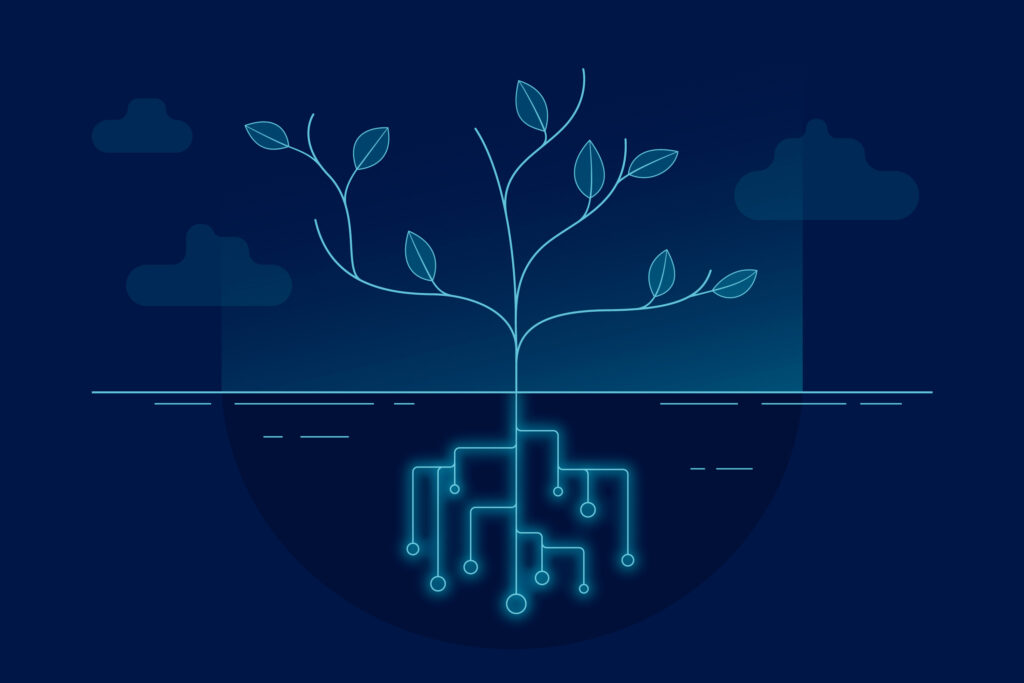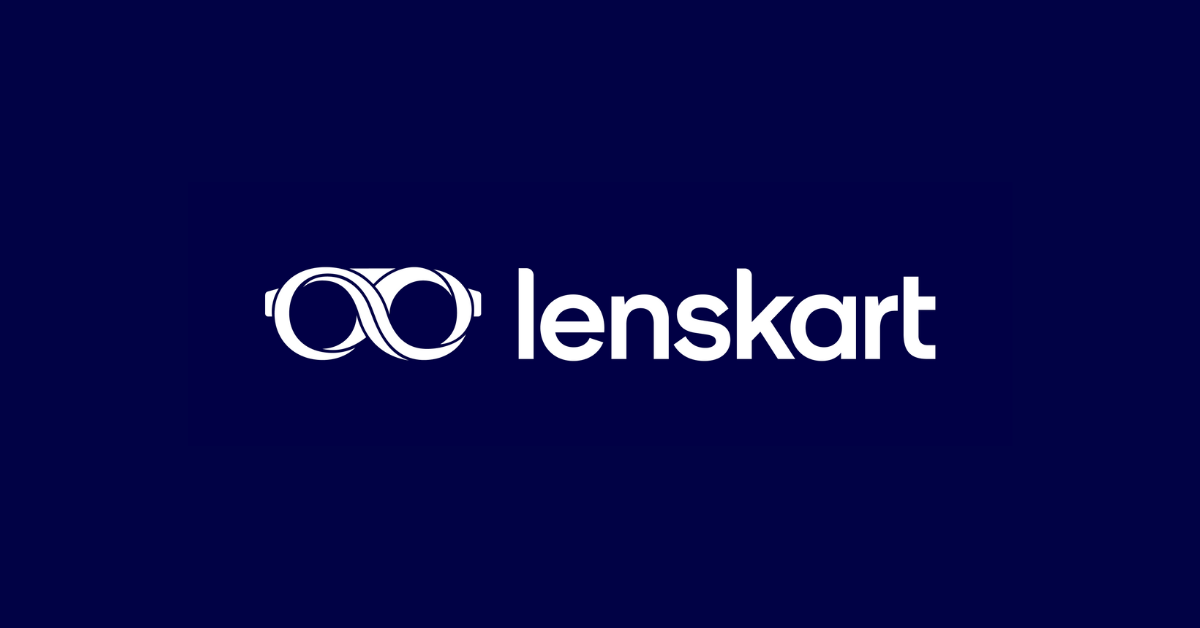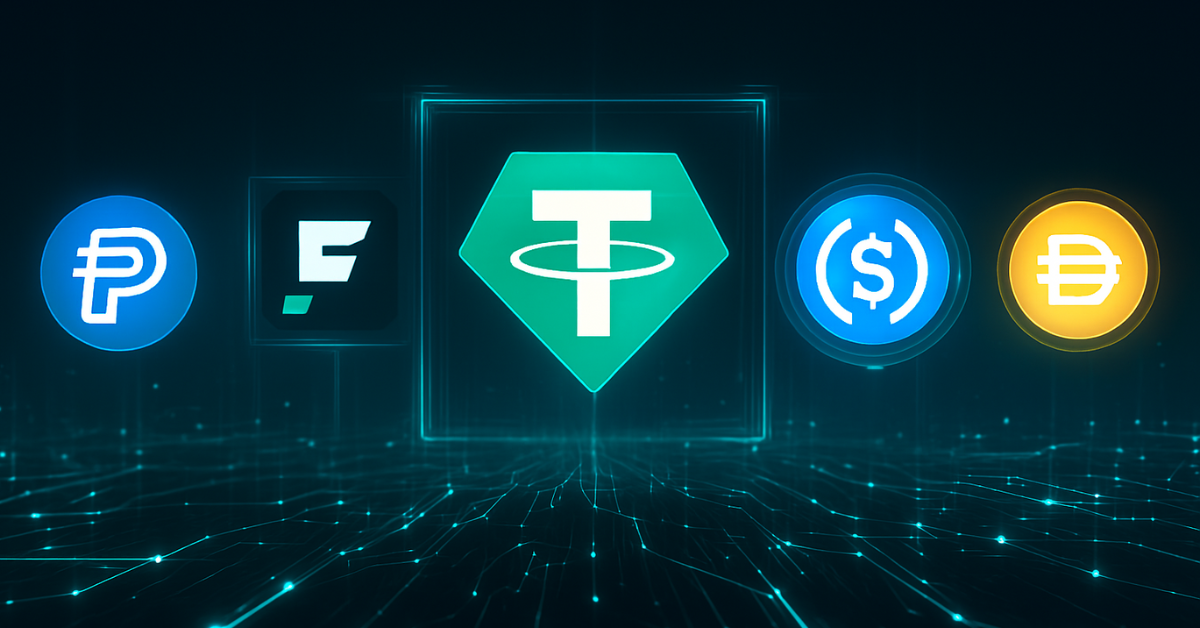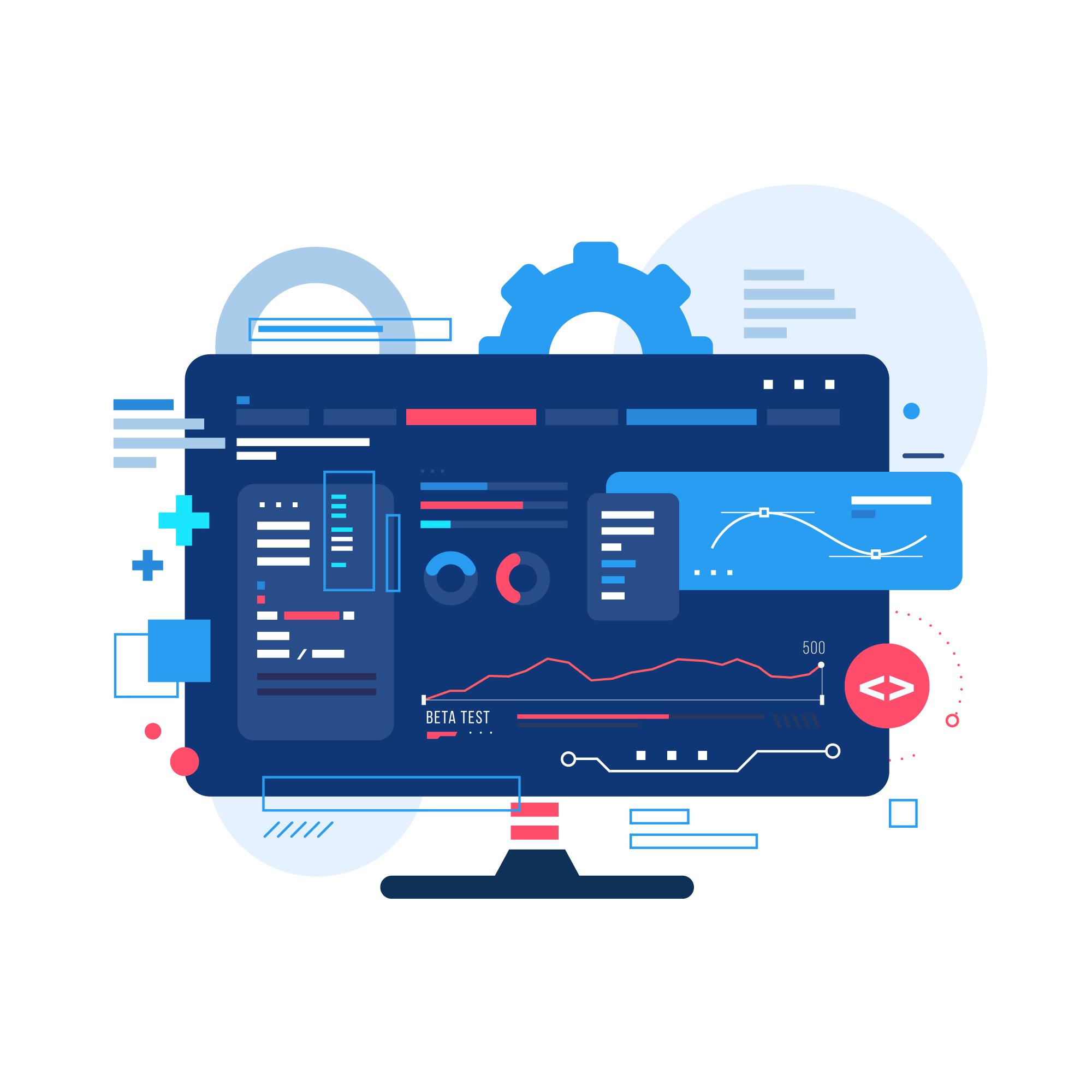- Home
- /
- Digitalization
- /
- Embracing Green Software for a…
Introduction
In an era dominated by technological advancements, the environmental impact of our digital activities is often overlooked. The booming tech industry, with its constant demand for energy and resources, has a significant carbon footprint. However, a growing movement within the software development community is striving to change this narrative. Enter “Green Software,” a concept that focuses on developing and using software in an environmentally sustainable way.
Understanding the Environmental Impact of Software

Before delving into the world of green software, it’s crucial to grasp the environmental challenges posed by traditional software development and usage. The life cycle of software involves several stages, from design and development to deployment and eventual obsolescence. Each of these stages consumes energy and resources, contributing to carbon emissions.
Data centers, where much of the world’s digital operations take place, are notorious for their energy consumption. Powering servers, cooling systems, and other infrastructure components require substantial amounts of electricity, often sourced from non-renewable energy. This results in a significant carbon footprint, contributing to climate change.
What Makes Software “Green”?

Green Software, also known as sustainable software or eco-friendly software, aims to mitigate the environmental impact associated with software development and usage. This involves optimizing the entire software life cycle, from design to deployment and beyond. Here are some key aspects that make software “green”:
Energy Efficiency: Green software is designed to operate with minimal energy consumption. This includes optimizing code for efficiency, reducing unnecessary computations, and employing energy-efficient algorithms.
Resource Conservation: Sustainable software takes into account the finite nature of resources. Developers strive to minimize resource usage during both the development and execution phases.
Renewable Energy Usage: Utilizing renewable energy sources to power data centers and servers is a hallmark of green software initiatives. This reduces the reliance on fossil fuels and lowers the overall carbon footprint.
Longevity and Upgradability: Green software is built to last. Developers prioritize creating software that can withstand the test of time and is easily upgradable, reducing the need for frequent replacements.
Notable Examples of Green Software

Several notable examples showcase the potential of green software in addressing environmental concerns. These examples span various domains, from energy management to everyday productivity tools. Here are some standout examples:
Virtualization Technologies
Virtualization technologies, such as server virtualization and desktop virtualization, enable organizations to consolidate their physical hardware infrastructure and run multiple virtual machines on a single server or workstation. By reducing the number of physical machines, virtualization significantly cuts down on energy consumption, cooling requirements, and e-waste generation.
Cloud Computing
Cloud computing offers scalable and on-demand access to computing resources, providing organizations with the flexibility to optimize their resource usage. Cloud service providers, such as Amazon Web Services (AWS) and Microsoft Azure, focus on energy-efficient data centers, ensuring efficient resource allocation and reducing overall energy consumption.
Green hosting, epitomized by GreenGeeks, prioritizes sustainability in web hosting. With a commitment to renewable energy and efficient practices, GreenGeeks offers reliable and eco-friendly hosting services, ensuring a minimal carbon footprint. Choose GreenGeeks for a greener online presence without sacrificing performance or security.
Energy Management Systems
Energy management systems help organizations monitor, analyze, and optimize their energy usage. These systems collect real-time data on energy consumption, identify areas of inefficiency, and provide insights to improve energy-saving practices. Companies like Schneider Electric and Siemens offer comprehensive energy management solutions that enable organizations to track and reduce their energy footprint.
Green Web Browsers and Search Engines
Web browsers and search engines have a significant impact on energy consumption, given their widespread usage. Several green web browsers, such as Ecosia and Brave, focus on reducing energy consumption and promoting sustainable practices. Ecosia, for example, is a search engine that plants trees with its ad revenue. Users can contribute to reforestation efforts simply by using Ecosia for their online searches, making it a sustainable alternative to traditional search engines. Similarly, search engines like Ecosia and DuckDuckGo prioritize energy-efficient algorithms and sustainable infrastructure. They optimize resource usage, reduce background processes, and enhance battery life on devices, contributing to a more sustainable digital experience.
Energy-Efficient Programming Languages
Certain programming languages, such as Python and Ruby, are known for their energy efficiency. These languages have optimized runtime environments and efficient memory management, reducing the energy requirements for executing code. By choosing energy-efficient programming languages, developers can contribute to green software development practices.
More Examples of Green Software

Linux Operating System
Linux is renowned for its efficiency and resource optimization. It can run on older hardware, extending the lifespan of devices and reducing the need for frequent upgrades.
Clean Energy Tracker Apps
Various mobile apps help users track their energy consumption and encourage the use of clean energy sources. These apps provide real-time data and insights, promoting awareness and eco-friendly choices.
Sustainable Development Tools
Tools like GitHub Codespaces and GitLab offer cloud-based development environments, reducing the need for individual developers to maintain powerful local machines. This can lead to energy savings and more efficient use of resources.
OpenStreetMap
OpenStreetMap is a collaborative mapping project that allows users to contribute and edit maps, promoting sustainable transportation options and reducing reliance on carbon-intensive mapping services.
JouleBug
JouleBug is an app that encourages sustainable living by gamifying eco-friendly actions, making it fun and rewarding to adopt green habits.
Challenges and Future Directions

While green software initiatives have made significant strides, challenges remain. Balancing the need for innovation with sustainability, navigating business models that often prioritize short-term gains, and fostering widespread adoption are ongoing challenges.
The future of green software lies in continued collaboration and innovation. Developers, businesses, and consumers all play vital roles in the adoption of sustainable practices. Governments and regulatory bodies can also contribute by incentivizing eco-friendly software development and imposing regulations that encourage environmental responsibility.
Conclusion

Green software represents a paradigm shift in the tech industry—a shift towards a more sustainable and responsible approach to software development and usage. As individuals and organizations increasingly recognize the environmental impact of their digital activities, the demand for eco-friendly solutions is bound to rise.
By embracing the principles of energy efficiency, resource conservation, and renewable energy usage, green software not only minimizes its own carbon footprint but also sets an example for other industries. As we navigate the complexities of the digital age, prioritizing sustainability in software development is not just a choice; it’s a responsibility towards the planet we call home.












Leave a Reply